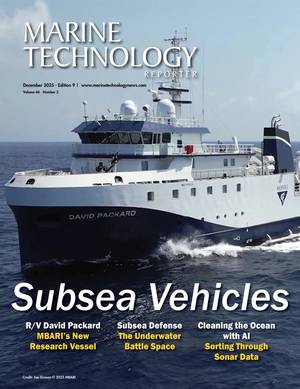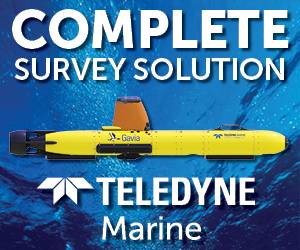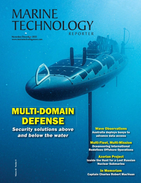Scientists Cast Eyes to the Sea
Underwater biotechnology is a fast growing field. Scientists are looking to deep-water marine habitats that are relatively untapped resources. Active research programs are currently working in two areas of marine biotechnology with the use of marine microorganisms and the cultivation of invertebrates and their cells under laboratory conditions. With more than 80 percent of the Earth’s living organisms being found only in aquatic ecosystems this area of study shows significant promise.
Specimens are collected using submersibles that have unique capabilities for collecting fragile specimens from the ocean floor. The submersibles allow the scientists to collect samples from sites including deep fore reefs, vertical walls, and boulder zones that are not accessible using trawls or dredges. Scientists also collect specimens by scuba, snorkeling and wading. Research in marine biotechnology includes anti-cancer drug discovery, natural products chemistry, antibacterial agents, environmental studies, and aquaculture.
Marine biotechnology includes those efforts that involve the marine resources of the world, either as the source or target of biotechnology applications. The Sea Grant National Strategic Plan, a study that began in 2009 and is slated for completion in 2013 has concentrated efforts in several areas including healthy coastal ecosystems, sustainable coastal development, safe sustainable seafood’s, and hazard resilient coastal communities. Marine biotechnology has its challenges in efforts to develop efficient procedures for the discovery of novel biomolecules in the marine environment. The role of marine biotechnology for potential drug discovery is an important one, but it is also important for better comprehension of the ecosystem and therefore better management of the biodiversity in the marine environment.












 December 2025
December 2025



